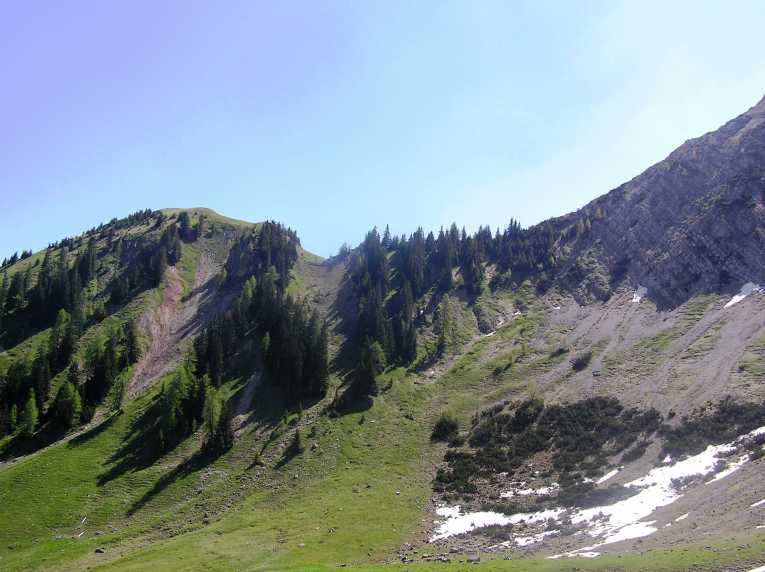An ancient catastrophe that killed half of the marine species in the oceans - and swept the land clear for the dinosaurs to dominate - may have been tied to icy-methane crystals buried in sea-sediments. That's according to a research paper out today in ScienceExpress. The mass outpourings of methane, 200 million years ago, could have been triggered by volcanoes pumping out CO2, the scientists think - a situation that may be repeated if man's CO2 emissions trigger a tipping point for today's frozen deep-sea methane.
The extinction, and sudden change in climate, seen at the end of the Triassic period, is one of the top three 'mass extinction events' seen in the geological record. These are periods in the earth's history where life took a sharp wrong turning and crashed spectacularly. Many scientists believe we are currently in the midst of our own mass extinction event, right now.
Game-changing break-up
These extinction events can have many causes - from meteorites, to widespread volcanic outpourings to severe ice ages. Teasing out the sequence of events, from the forensic evidence buried in rocks, not only helps scientists to better understand the history of the planet - it can help to suggest how Planet Earth responds to these game-changing pushes.
One such game-changer, that many scientists have put forward as a cause of the Triassic-Jurassic extinction event, is a marital break-up of continental proportions. During the Triassic, all of the continents were joined together, hand-in-hand, in a super-continent called Pangaea. But towards the end of the Triassic, that mother-of-all continents began to break up, as hot mantle flowing beneath it started to split it apart.
That led to a wide zone with a superabundance of volcanic eruptions, known as the Central Atlantic Magmatic Province. The huge volumes of lava pouring out from this area were accompanied by vast quantities of CO2 - the well-known greenhouse gas, thought to be causing global warming today. The eruptions carried on for 600.000 years, eventually helping to form the Atlantic ocean. That could have been enough to have forced the climate change, that caused the big Triassic die-off - the start of the volcanic eruptions and the beginnings of the extinction event do coincide.
Carbon kick
But the authors of this paper, from Utrecht University, in the Netherlands, focused on a piece of the puzzle that doesn't fit neatly with that idea. There is a sudden left-kick in the carbon isotopes, in fossilized plant remains, lasting as few as 20,000 years. These carbon-13 depleted samples are to be found in waxy plant residues preserved for 200 million years. Such depletion indicates a massive increase in carbon in the atmosphere in a very short period - and one of the most likely sources are the so-called methane-clathrates.

Image: Upper Triassic sediments (red) alternating with basalts from the Central Atlantic Magmatic Province (brown), in the Atlas mountains (Morocco). Credit: © Science/AAAS
These icy deposits of methane locked in frozen water occur widely in sub-sea muds, deep lake muds and permafrost. The paper reasons that the warming started by the CO2 from the volcanoes could have been enough to kick-off the release of this methane - an even more potent greenhouse gas. It could also have heated buried sediments rich in organic matter, as hot lava was injected into many layers of mud at this time.
Mass exinction on repeat?
These combined effects pushed out anything between 12,000 and 38,000 gigatons of carbon, over a few tens of thousand years. That resulted in a major spike in temperature, and an increase in waters flooding out of the clouds; something that scientists see as coming from today's global warming too. It is estimated that so far man has pumped out 5,000 gigatons of carbon - but only over the space of a couple of centuries.
The authors also draw that comparison. 'The end-Triassic Mass Extinction interval, with rapid and large-scale carbon release, may be regarded as a natural deep-time analog to today's anthropogenic carbon emissions. Cumulative anthropogenic carbon release of more than 5,000 Gt likely will enhance greenhouse warming by several degrees and substantially lower oceanic pH values.'
'Modern-day ecosystems could experience a further loss in biodiversity, not only by habitat reduction but also by carbon release-driven rapid climate changes.'










